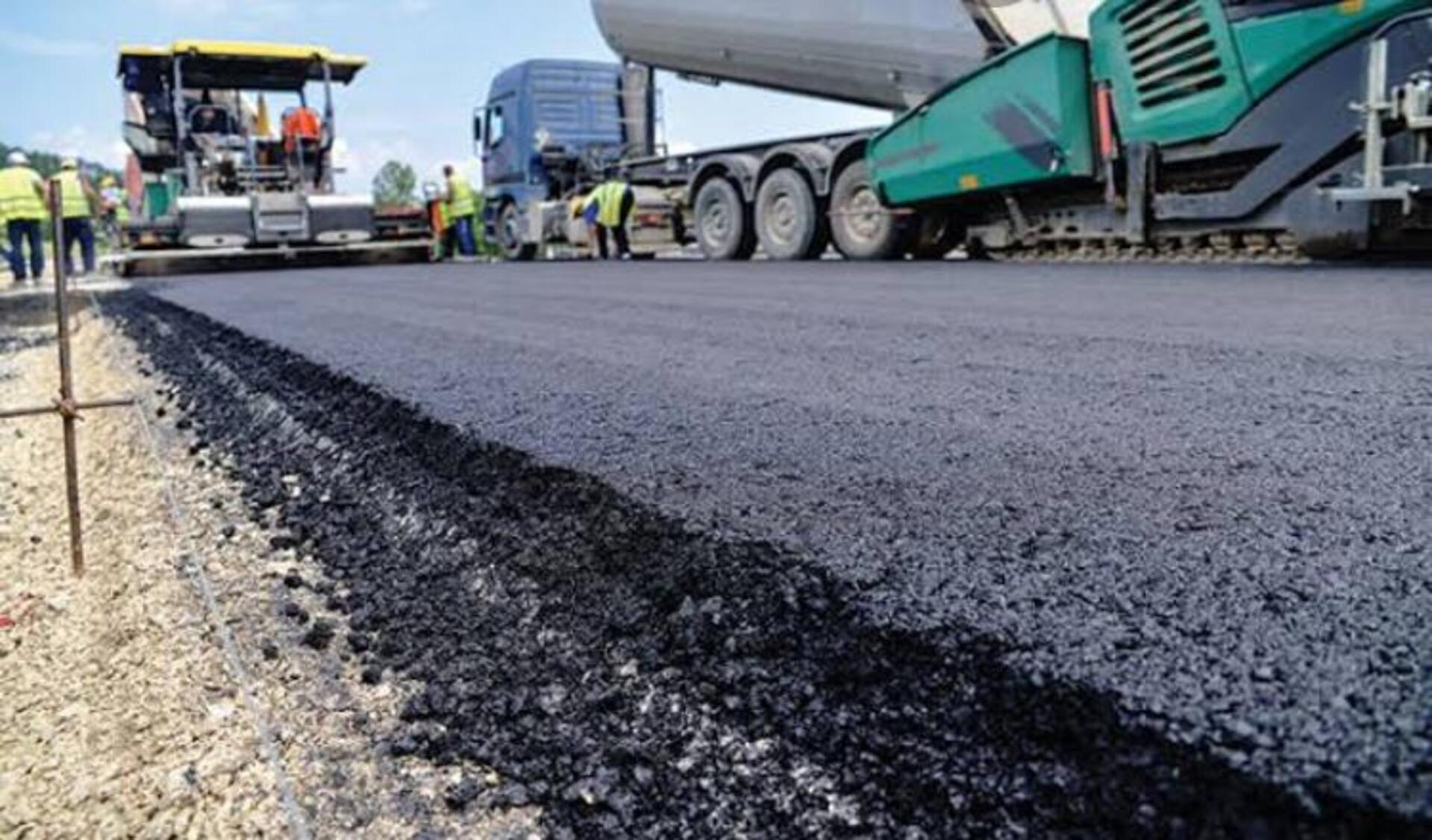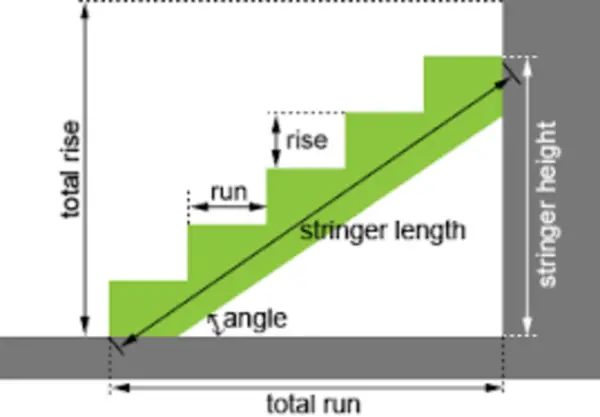They refer to road surfacing constructed from asphalt concrete mixtures of liquid asphalt binder and graded mineral aggregates.
These composite pavements provide durable, weather-resistant infrastructure surfacing able to withstand heavy traffic loads across transportation networks.
Commonly called flexible pavement, bituminous concrete derives viscoelastic properties from the thermoplastic petroleum-based asphalt cement that binds mixtures components together.
Careful structural design ensures long-lasting performance.

Bituminous Concrete Pavement Thickness
Pavement thickness correlates to stiffness, which distributes vehicle stresses to subgrade soils. Bituminous concrete thicknesses typically range between:
- Low-traffic driveways and parking lots – 2 to 3 inches
- City roads – 3 to 7 inches
- State highways – 7+ inches
Within each layer, larger aggregates are concentrated towards the top to withstand rutting while smaller aggregates below aim to prevent cracking.
Bituminous Concrete Pavement Repair
Bituminous pavement distresses like cracking, distortion, disintegration, and chemical deterioration disrupt functionality. Repair tactics include:
Crack Treatment – Seal minor cracks to prevent moisture infiltration exacerbating deterioration. High-stress environments may warrant full-depth patches.
Resurfacing – Layer over severely distressed, high-friction wearing surfaces with new bituminous concrete overlay materials to restore proper riding qualities.
Pothole Filling – Remove broken material until reaching sound structure before patching cavity by rolling in fresh hot mix and compacting thoroughly.
Bituminous Concrete Pavement vs Asphalt
While asphalt is often used as an informal term for bituminous mixtures used to pave road surfaces, they represent different concepts in road construction.
Bituminous concrete more accurately describes the precise graded mixture of aggregates and binder used for durability while asphalt refers specifically to the dark, black petroleum-based binder material mixed with aggregates.
Bituminous concrete contains precisely sized coarse and fine aggregates mixed with filler aggregates and bituminous binder which may be asphalt.
The bituminous binder content varies from 5-10% by weight. Selection and proportion of ingredients controls qualities like stability, water absorption, porosity, and cracking resistance.
Compared to hot mix asphalt, bituminous concrete uses a higher amount of bitumen with lower void space. Layers can include surface courses or base courses.
Strict compliance with national standards ensures structural integrity and longevity making it suitable for high traffic loads.
While asphalt is popularly used synonymously with pavement, bituminous concrete more accurately describes the engineered composition for load-bearing capacity.
Controlling qualities through aggregates and bitumen percentage is vital. Asphalt is simply the black, sticky binder used.
Bituminous Concrete Pavement Specifications
Standard specifications exist for production, laydown, and testing covering:
- Job mix formulas dictating optimized gradations
- Temperature & compaction protocols
- Smoothness/flatness acceptance
- Density, moisture, & air void testing
Conformance to specs ensures satisfactory performance.
Bituminous Concrete Pavement Construction
Prepare Foundation
- Ensure subgrade soil and/or aggregate base layers meet specified compaction and stability levels to support loads.
Produce Bituminous Concrete
- Blend measured amounts of hot liquid asphalt cement and dried aggregates per the job mix formula. Temperatures typically exceed 300°F.
Transport Hot Mix
- Covered dump trucks haul hot fresh mix quickly to prevent cooling and mix stiffening prior to placement and compaction.
Lay Mix
- Paver machines evenly spread mix along path width-wise, following string lines for alignment. Thickness meets plans.
Compact Pavement
- While still hot, around 230°F, steel-wheeled rollers densify mat achieving target air void thresholds. Roller patterns prevent low spots.
Finish Edges
- Crews square off and seal edges to prevent water intrusion using compaction equipment.
Proper process controls during bituminous paving construction ensures material quality and structural integrity targets are achieved for durable, high-performance roadways.
concrete pavement VS Bituminous concrete pavement
| Parameter | Concrete Pavement | Bituminous Concrete Pavement |
|---|---|---|
| Materials | Portland cement, aggregates, water | Asphalt binder, graded aggregates |
| Construction Method | Cast and cured in place | Laid and compacted while hot |
| Temperature Resistance | Withstands high temps without softening | Softens and ruts at high temps |
| Cracking Pattern | Discrete, narrow cracks | Fatigue cracking in patterned networks |
| Repairability | Challenging to match material properties | Easier to heat, remix, and patch |
- Concrete pavements rely on cement hydration to cure into rock-like ground slabs placed on well prepared soil subgrades.
- Bituminous concrete pavements use hot mixed viscoelastic properties of asphalt tack coat and tightly packed aggregates that are temperature sensitive but patchable.
The differing material compositions and behaviors lead to relative advantages and disadvantages in pavement engineering design and maintenance.






